AO Edited
Western Deffufa of Kerma
The best-preserved example of a unique structure in Nubian architecture.
The word defuffa is thought to derive from either the Nubian word for a mud-brick building or the Arabic word daffa, meaning “pile.” There are only three deffufa remaining in the world, all of which are located at the former site of the Nubian Kingdom of Kerma, which existed between 2500 and 1500 B.C.
The remains of the walled city of Kerma is one of the largest archaeological sites in ancient Nubia. Archaeologists have identified a system of roads and well-differentiated neighborhoods. It is likely that this metropolis was reserved for members of the royal elite and the ruling class. Though Nubian rulers maintained the kingdom’s independence for nearly a thousand years, the kingdom of Kerma ended around 1450 B.C. with the conquest of Kush by Egypt.
Even today, the Western Deffufa dominates the ruins of Kerma. It measures 18 meters (59 feet) tall, with columned rooms, passageways, paintings, and a shrine. It is the best-preserved example of this structure in Nubian architecture.
The deffufa once functioned as a temple and the religious center of the city. It has multiple levels, with an interior staircase connecting the floors and leading up to a rooftop platform. Additional chambers underground were accessible through galleries. Evidence of a limestone altar, built for animal sacrifice, was also found. Though the precise functions of the deffufa are not fully known, it is believed they were connected to religious and burial practices. About two kilometers (1.2 miles) away lie the remains of the Eastern Deffufa, which is believed to be a funerary chapel and burial ground.
Excavations at Kerma started with an Egyptian and Sudanese survey made by American archaeologist George A. Reisner in the early 20th century. Following up on that work, Swiss archaeologist Charles Bonnet led a series of excavations at the site from 1977 to 2003. It was this work that helped uncover evidence of Kerma as a large, independent urban settlement, rather than an Egyptian satellite as initially thought.
Know Before You Go
Kerma is located in central Sudan and is easily reached by public transport from either Khartoum or Karima.


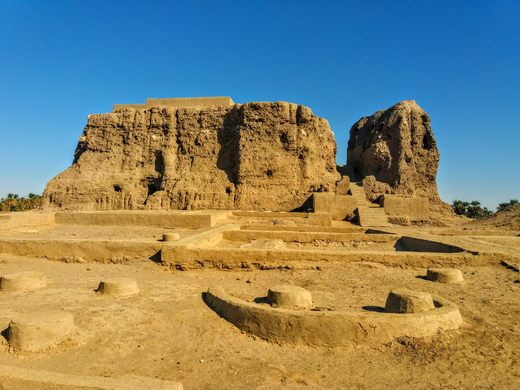
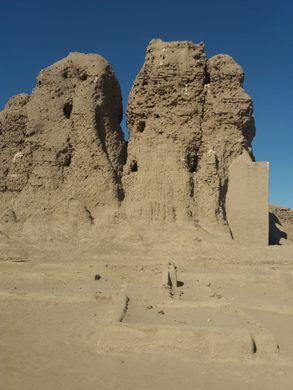
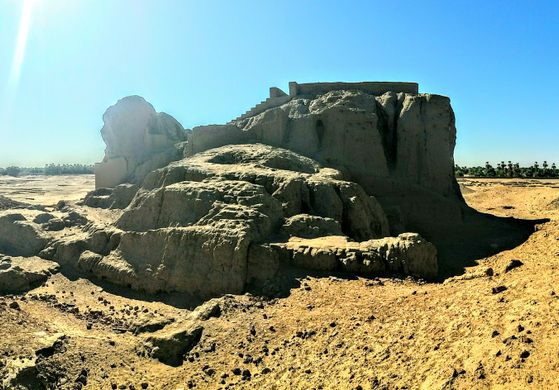
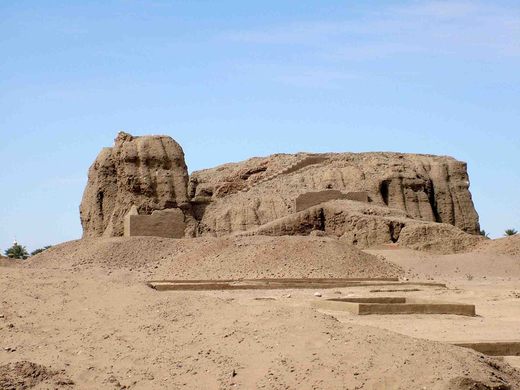




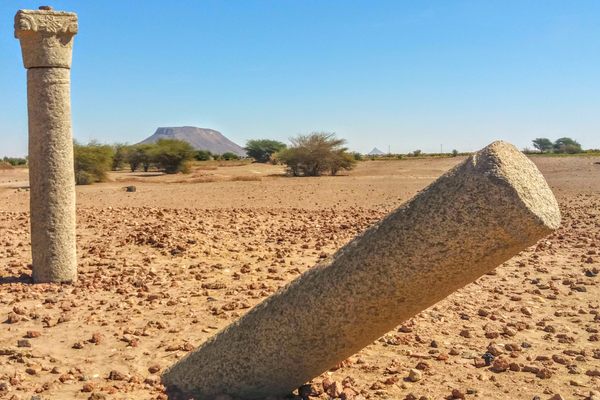
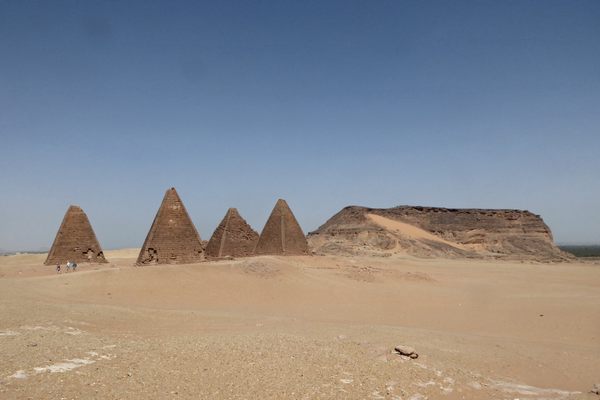


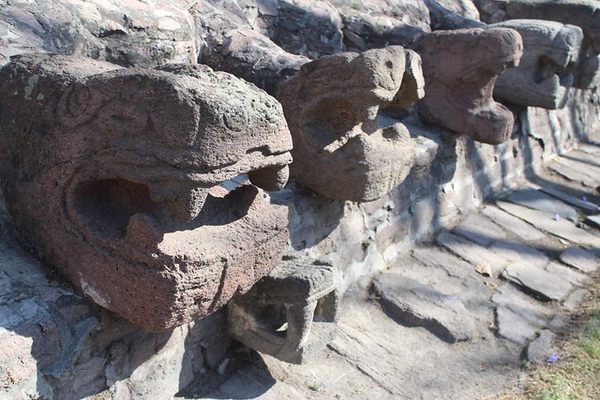
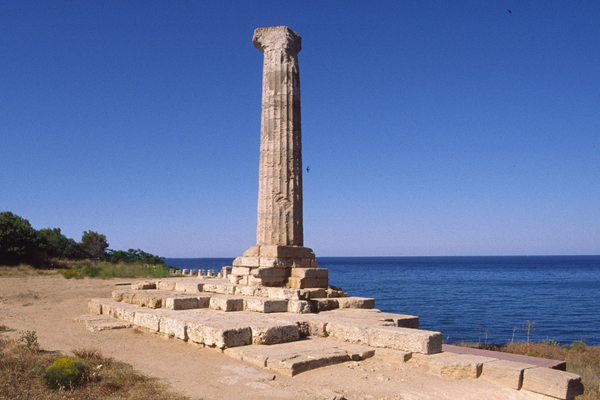
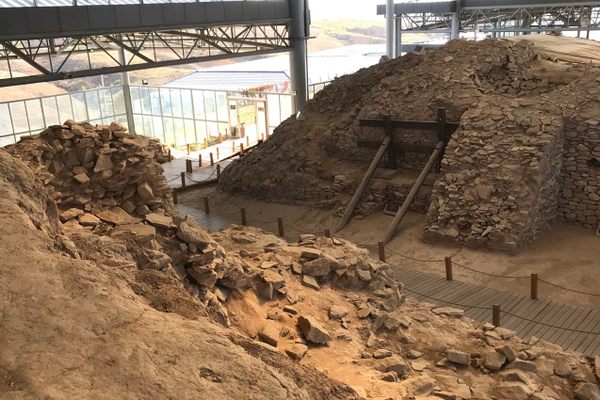


Follow us on Twitter to get the latest on the world's hidden wonders.
Like us on Facebook to get the latest on the world's hidden wonders.
Follow us on Twitter Like us on Facebook